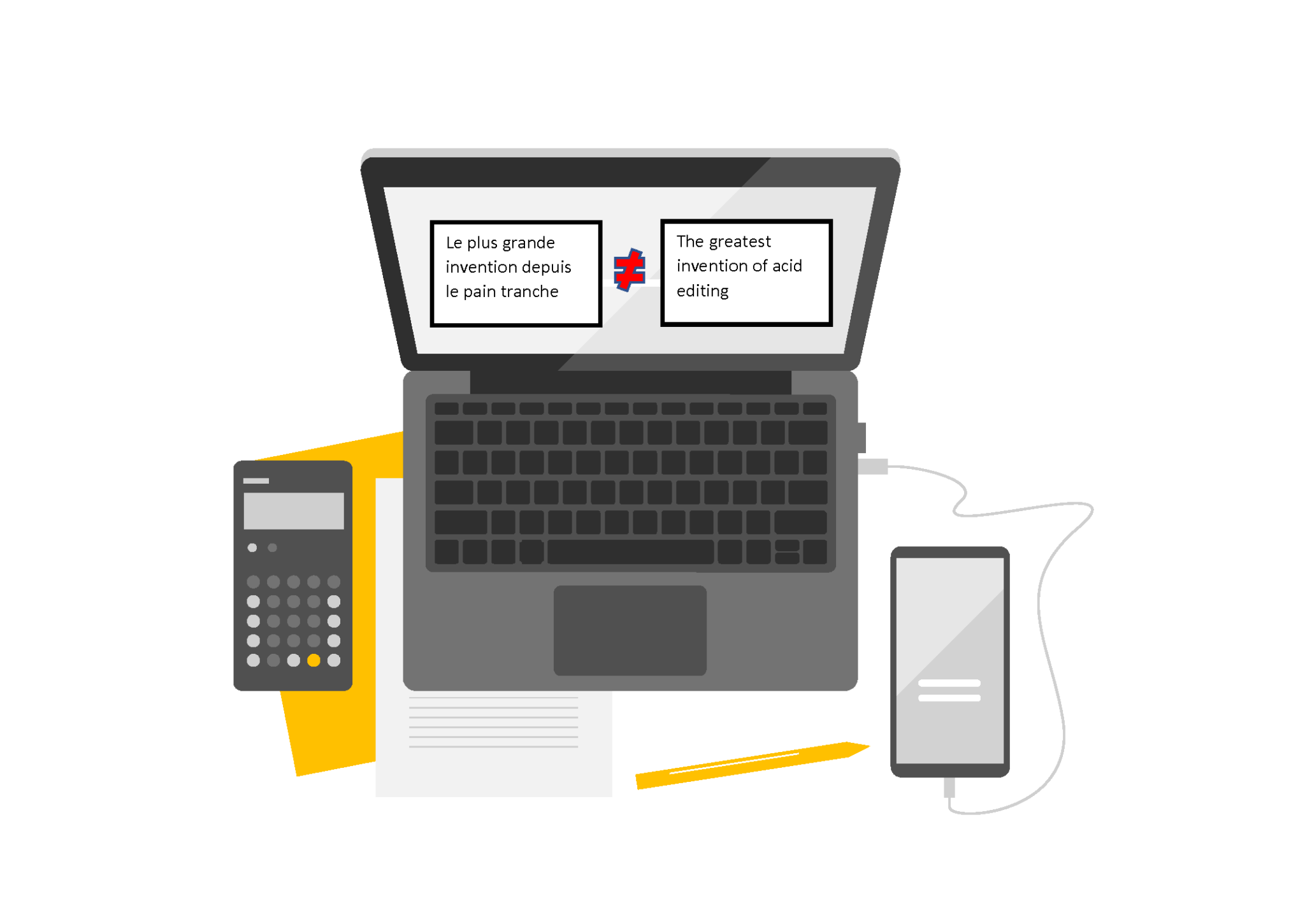
Let’s be honest – there’s very little about 2020 that we’re going to miss. However, in the midst of cancelled events, improvised work environments and endless Zoom gatherings, we found a few moments of levity. Some of them came from reading stories about embarrassing mistranslations that appeared on websites and other public venues (maybe the responsible organizations didn’t find it amusing, but the rest of us did).
Machine translation has taken off in recent years as more and more tools become available, including ours. Machine translation speeds up the translation process, but as we’ve seen, it doesn’t always match the accuracy and quality of human translation. That’s why machine translation is most effective when paired with review by a human linguist.
Unfortunately, the organizations mentioned below didn’t take that final step, which is why they’re on this list of the biggest machine translation errors of 2020.
VisitMexico.com
The tourism industry was hit hard by the COVID pandemic. A poorly translated website didn’t do much to help the industry in Mexico.
In July 2020, the country’s tourism website was taken down because the names of several popular destinations were mistranslated. For instance, Tulum was called Jumpsuit and Aculco was called I Blame. Other destination names were needlessly translated to their English counterparts. An English-speaking visitor looking for places like Progreso and Villa de Carbon but instead found such places as Progress and Coal Village.
Whether the final translations were accurate or not, they all left a mark on the organization’s reputation without doing much to revive its flagging tourism business.
Amazon Sweden
It might feel like Amazon is everywhere, but in fact it only has sites available in 19 countries. Sweden joined the list in October 2020. Unlike other country sites, though, the Swedish site doesn’t have an English-language version, so Swedish customers who wanted to visit their local site ended up reading badly translated product names and descriptions.
The results were pretty hilarious. A hand-knit chicken was translated as kuk, another word for cock, another word for… well, you know. A die-cast cable was called död, or deadly. The Death Star from Star Wars was promoted as the Dead Star. The errors led to a lot of jokes on Twitter – and a dent in Amazon’s reputation in Sweden.
Many mistranslations are caused by using a generic, off-the-shelf translation tool. Facebook uses its own translation tool, but it still came up with translations that caused a stir in TWO countries.
In January 2020, the company’s Burmese translation engine turned a non-offensive post about Chinese President Xi Jinping’s visit to Burma into one about a state visit by President S***hole. Facebook blamed the gaffe on a technical error and apologized for the offense. It’s not the first time translations to and from Burmese were mishandled, but it’s certainly one of the most embarrassing.
As it turns out, Facebook’s Thai engines are causing problems as well. In July, a post about the Thai King’s birthday that appeared on the Thai PBS page was translated from English into Thai. The result was so offensive that it elicited strong responses from government agencies and Thai PBS viewers alike.
A Saudi Hotel Menu
Imagine being in a Saudi hotel reading a menu with English translations including Metal Suspicion, Royal Blindfolded and Fool Industrial. That’s what happened to one man. Luckily, his friend shared the menu with her followers. Not only did he figure out what each dish actually was; the Twitterverse had a fun couple of days.
Some followers shared similar menus with bad translations. Others cracked jokes about what might be in, for example, After One Day. A few even shared recipes. No one is certain whether this was a Google Translate exercise gone horribly wrong or if the words were broken up before someone translated them. What’s certain, though, is that a human translator could have caught these gaffes before they were published.
COVID Messaging in Australia
Countries with multicultural populations had to face the challenges of translating COVID news and updates into multiple languages. Australia was one of them, but it ran into obstacles along the way.
Translations of COVID-related information at both the federal and state levels revealed a mix of inconsistent and incomplete messaging. Some of the issues included:
• A layout that made it difficult to properly translate into Arabic
• A poster about face masks including both Farsi and Arabic text
• Another poster in Chinese that didn’t provide contact information for Chinese-speaking citizens
Admittedly, these errors are less laughable because they relate to protecting public health, but they also demonstrate why human review of automated translation is so important. The Australian government agreed; their Federal Department of Health said it would have translators review content going forward.
Advocates of machine translation rightfully point out the cost savings and reduced time associated with the practice. As these stories demonstrate, there’s still a case to be made for including humans in the process to avoid embarrassing machine translation errors.
Interested in using machine translation for your projects? Contact us to learn more about how our proprietary technology and human linguists, working together, will quickly and accurately translate your content.
Read
other posts…
Why Academic Transcription is a Great Idea
A lot happens on a campus: lectures, interviews, special events and more. Academic transcription is a valuable service if you want to capture these moments and preserve them for posterity.
Case Study: Creating a Remote Interpretation Feed
What happens when you need remote simultaneous interpretation but the feature isn’t available in your meeting platform? This case study shows how Ubiqus brought together multiple resources to create a remote interpretation feed.
Shall we talk about your project?
